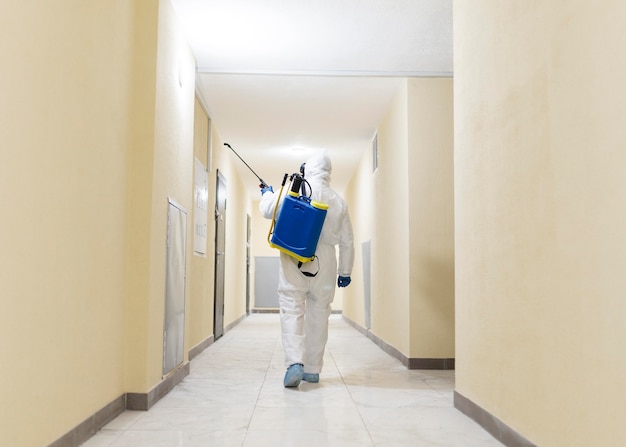
Expert Methods for Termite Fumigation in Colorado Springs
Termites are notorious for causing significant damage to structures, particularly in areas like Colorado Springs where the climate can make infestations more likely. Effective termite fumigation requires expert knowledge and precise methods to ensure the complete eradication of these pests. Understanding the professional techniques used in termite fumigation can provide property owners with peace of mind knowing their investments are well-protected.
Understanding Termite Behavior and Infestation Patterns
Before engaging in fumigation, it is crucial to understand termite behavior and how they infest structures. Termites thrive in moist environments, feeding on cellulose found in wood, paper, and other materials. In Colorado Springs, the dry climate can sometimes mask the presence of these pests until significant damage has occurred.
There are several indicators of termite infestation:
- Hollow-sounding wood when tapped
- Visible mud tubes on exterior walls
- Discarded wings near windowsills and doors
- Frass, or termite droppings, resembling sawdust
Professional Fumigation Techniques
Termite fumigation is a comprehensive process that involves the use of gaseous pesticides to eliminate termites within a structure. Professionals employ several key techniques to ensure effective fumigation.
Inspection and Assessment
The first step in any fumigation process is a thorough inspection and assessment of the property. This involves identifying the specific type of termite, the extent of the infestation, and any potential entry points. Proper assessment ensures that the fumigation is tailored to the unique needs of the property.
Sealing the Structure
Once the assessment is complete, the structure is carefully sealed to contain the fumigant. This often involves using tarps and other sealing materials to cover the entire building, ensuring that the gas does not escape and is distributed evenly throughout the space.
Find additional information here.
Applying the Fumigant
The fumigant is then introduced into the sealed structure. Professionals must carefully calculate the amount of fumigant needed based on the volume of the building and the level of infestation. Monitoring equipment is used to ensure the correct concentration of gas is maintained to effectively eliminate the termites.
Ventilation and Safety Measures
After a designated exposure period, the structure is ventilated to remove the fumigant. Safety is a top priority, and professionals use detectors to confirm that the air is safe before re-entry is allowed. This ensures that the premises are not only free from termites but also safe for humans and pets.
Explore further insights here.
Preventive Measures Post-Fumigation
Fumigation is a powerful method for eliminating termites, but preventive measures are essential to keep them from returning. Here are some strategies to consider:
- Regular inspections to detect early signs of infestation
- Reducing moisture levels around the property
- Sealing cracks and crevices in the building's foundation
- Maintaining proper storage of wood and cellulose materials
Learn more in this detailed guide.
Conclusion
Effective termite fumigation requires a comprehensive understanding of termite behavior, professional fumigation techniques, and ongoing preventive measures. For property owners in Colorado Springs, enlisting expert services can provide peace of mind and protect valuable investments from the destructive nature of termites.
For more information on termite fumigation services, explore further insights here.